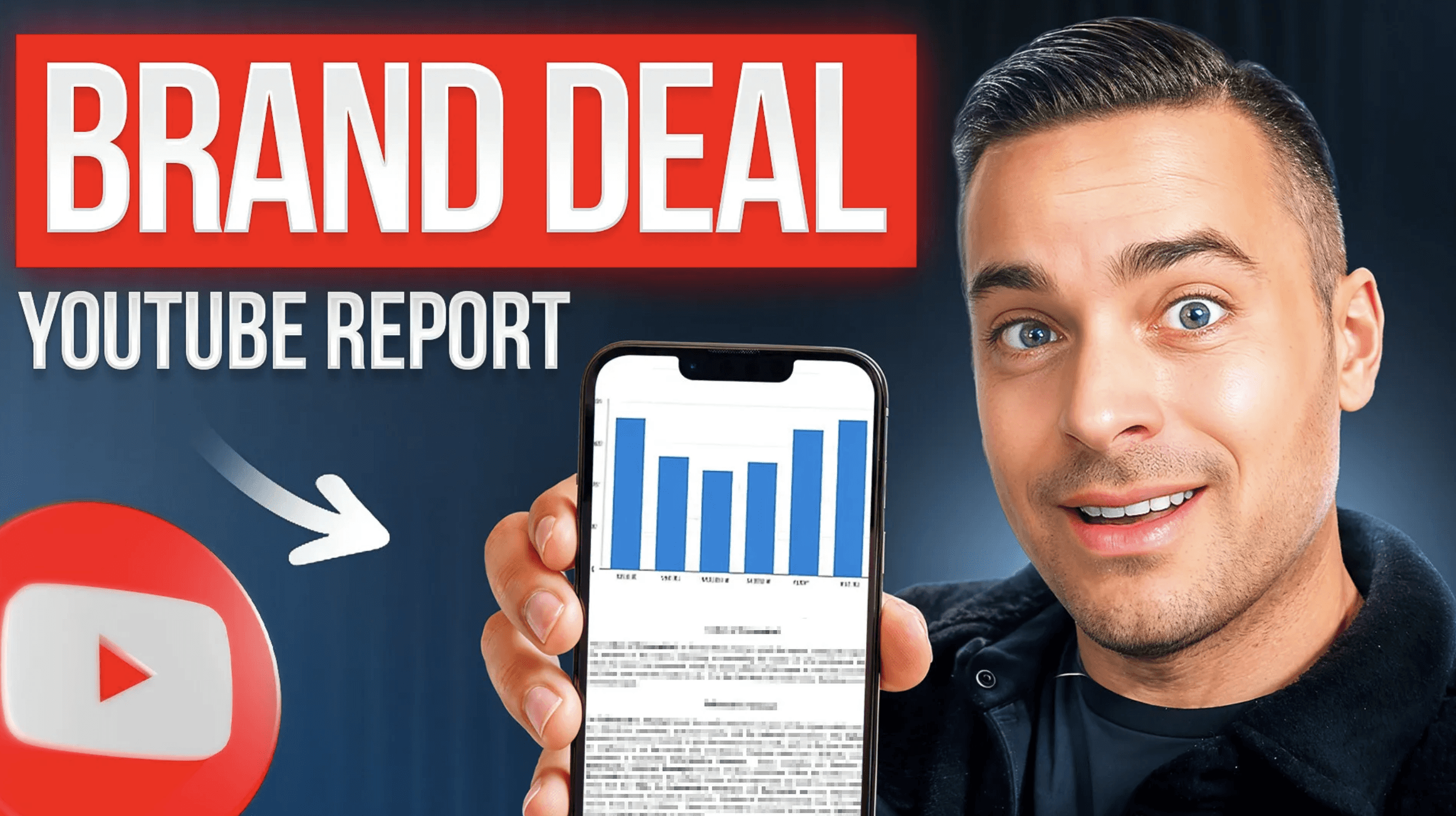INFLUENCER WHITELISTING
Whitelisting has it’s pros and cons (like most things in the creator economy.) Understanding
what whitelisting is
why it matters and
how it works
is key to truly knowing the value whitelisting provides and its pros and cons for influencers. Let’s dive into this deeper in a conversation with Taylor Lagace, who is a Managing Partner at an influencer marketing agency.
First, we are going to break down what whitelisting is and then we will discuss why it matters.

WHAT IS WHITELISTING?
Whitelisting is when you see an ad that's not from a brand's page but instead from an influencer's handle with content promoting that brand. The ad can also promote whatever service or product that the brand offers, coming from the influencer’s page, and is a sponsored advertisement.
WHY DOES WHITELISTING MATTER?
Whitelisting allows brands to tap into an influencer’s audience. So many influencers built their following off of their ability to create captivating, engaging, thumb-stopping content. That provides so much value to brands and that in itself is very valuable whether it will get distributed to the influencer’s audience or the brand's audiences.
In fact, agencies recommend brands try to figure out a deal structure where they can take and use the influencer's content and repurpose it across their distribution channels. This is very valuable and another reason why whitelisting matters.
True influence occurs on the influencer’s platform!
So organically, you can compare
Reach
Engagement and
Frequency
And when I mean frequency, that’s the number of times the brand can reach this audience with content from the influencer. All of the above typically favor where you can extract more value out of a whitelisting type of partnership.
That brings us to the pros and cons of whitelisting.
PROS AND CONS OF WHITELISTING FOR INFLUENCERS
PROS
Whitelisting has a few pros including
Exposure gains
Rewards for having a high affinity with the brand
Building long term partnerships
These pros work in favor of influencers having less one-time opportunities while increasing the likelihood of recurring partnerships.
That being said, there’s a few things that you should watch out for.
CONS
Whitelisting is not available on every platform.
Although influencers have a target audience that brands may want to reach, brands will also have the ability to target the influencer’s audience which can sometimes lead to oversaturating them with content. We all know that audiences aren’t the biggest fans of “salesy” content and you definitely want to stay clear of that. Also, in some cases, the brand may target an audience that doesn’t align with the influencer’s audience.
Influencers should try to align their whitelisting partnerships with the length of the exclusivity agreement. This is important when working with competitor brands. Otherwise, the influencer can then appear to be promoting competitive brands which is simply bad for business and something to avoid.

WHAT TO AVOID
It’s also really important to avoid putting too many restrictions on the brand as this may cause the brand to feel like it isn’t a mutually beneficial partnership.
From there, you can start to consider what to charge for whitelisting.
KNOW HOW MUCH TO CHARGE FOR WHITELISTING
Influencers are starting to get a bit savvier with this and are starting to charge a monthly rate for whitelisting. It's not just a blanket, 25% on top of the campaign fee. It's also $1,000 per month or whatever your rate is for whitelisting.
You may also be wondering what type of premium to add to your rate for whitelisting.
Paid media and whitelisting can be super beneficial to the influencer if targeted outside of their followers. Because it can add and provide the influencer value at that point. The brand uses its name and likeness to consistently push out content from its handle on behalf of the brand. So they should be compensated.
If you are an influencer looking for new ways to build your audience, without putting your own money behind it, you can definitely seek out these partnerships. You can partner with brands that have a high affinity with your audience and have a captured audience that has unique people to your followers.
So it's definitely mutually beneficial in that way. Figure out what that fee is for you and price accordingly.

The biggest takeaway that I want creators and influencers to get from this is to educate yourself around this topic. The more savvy and sophisticated you become the greater the opportunity to have a successful partnership and conversation with brands.
Want more insider tips on how to grow your creator business and diversify your income (plus get new sponsorship opportunities every week)? Join my newsletter here.












